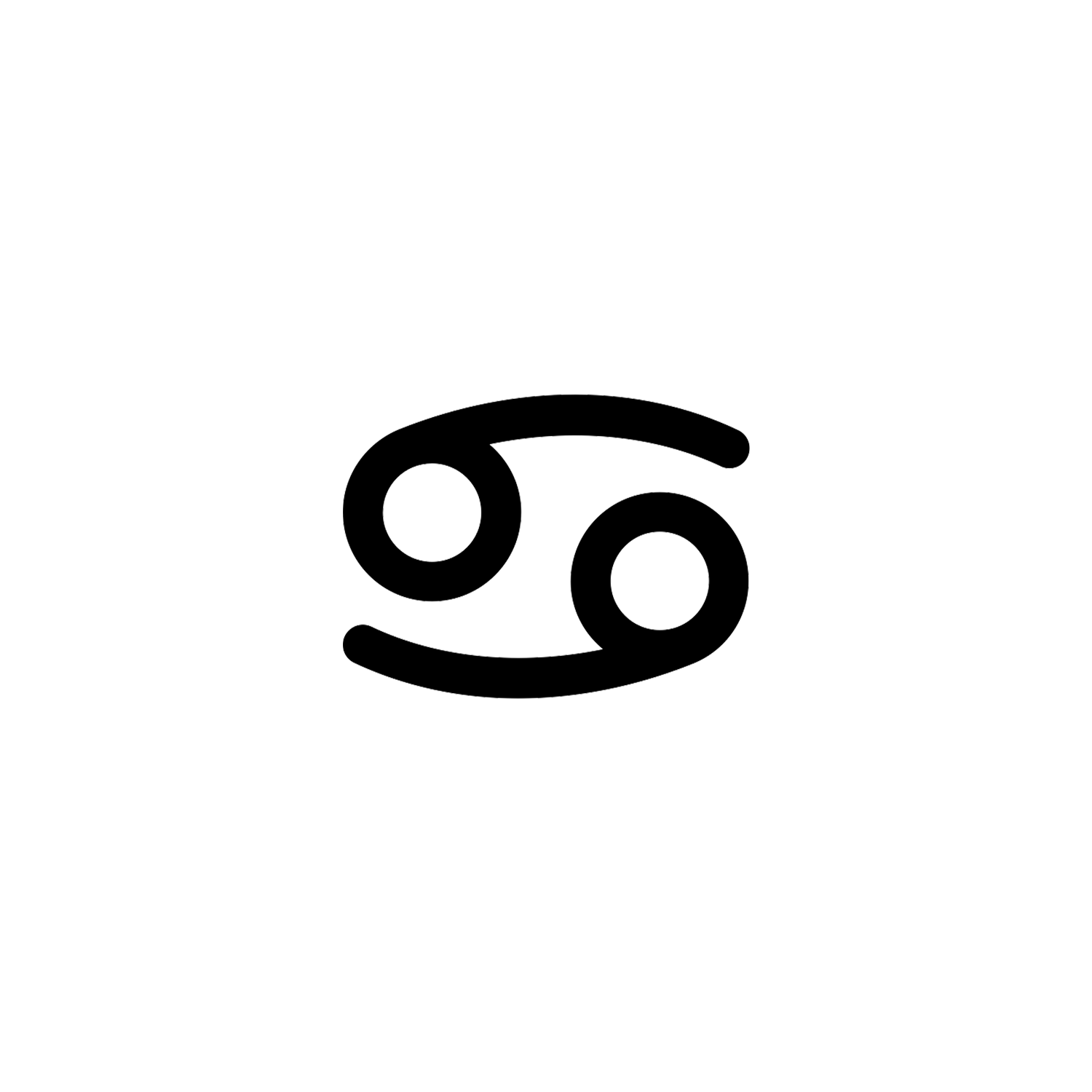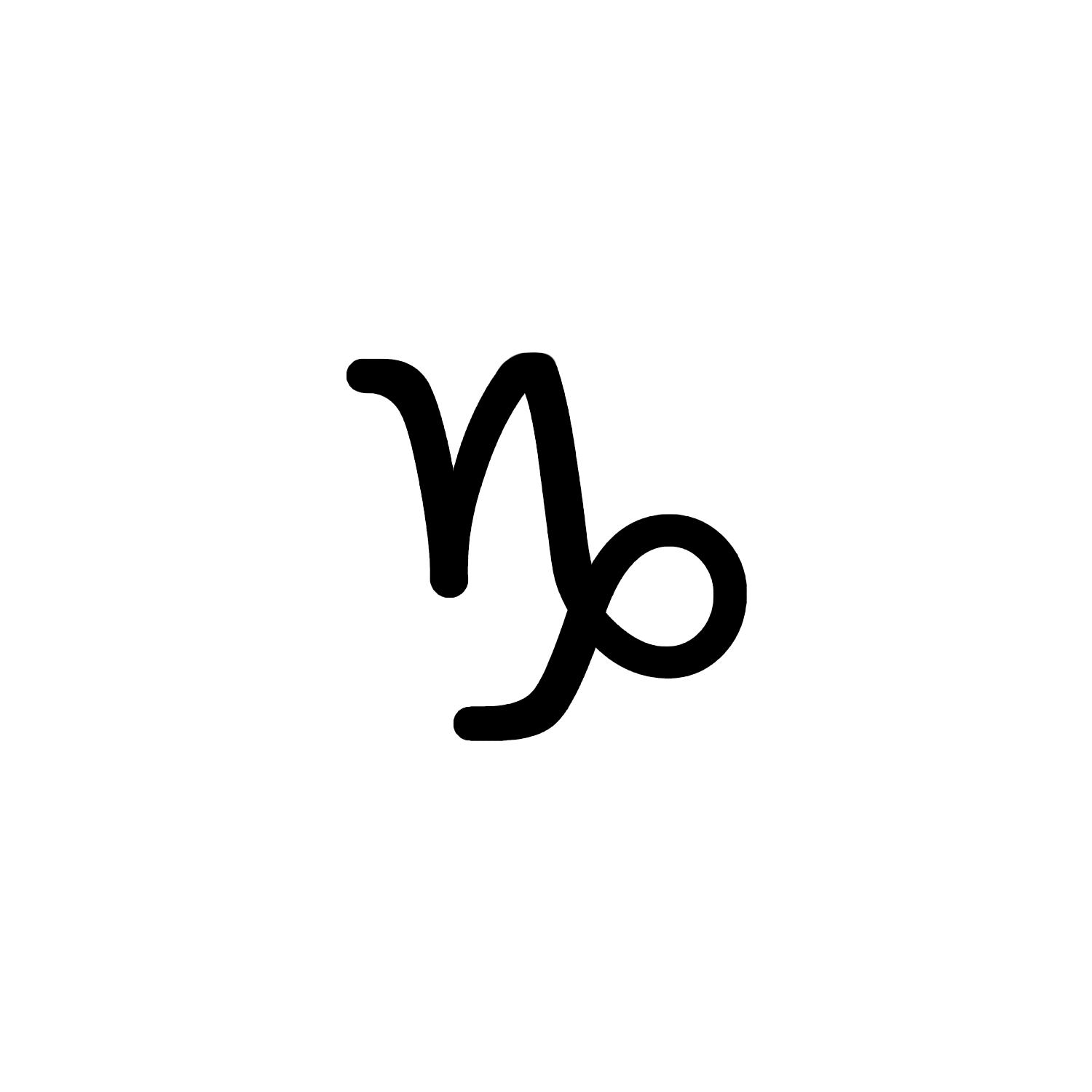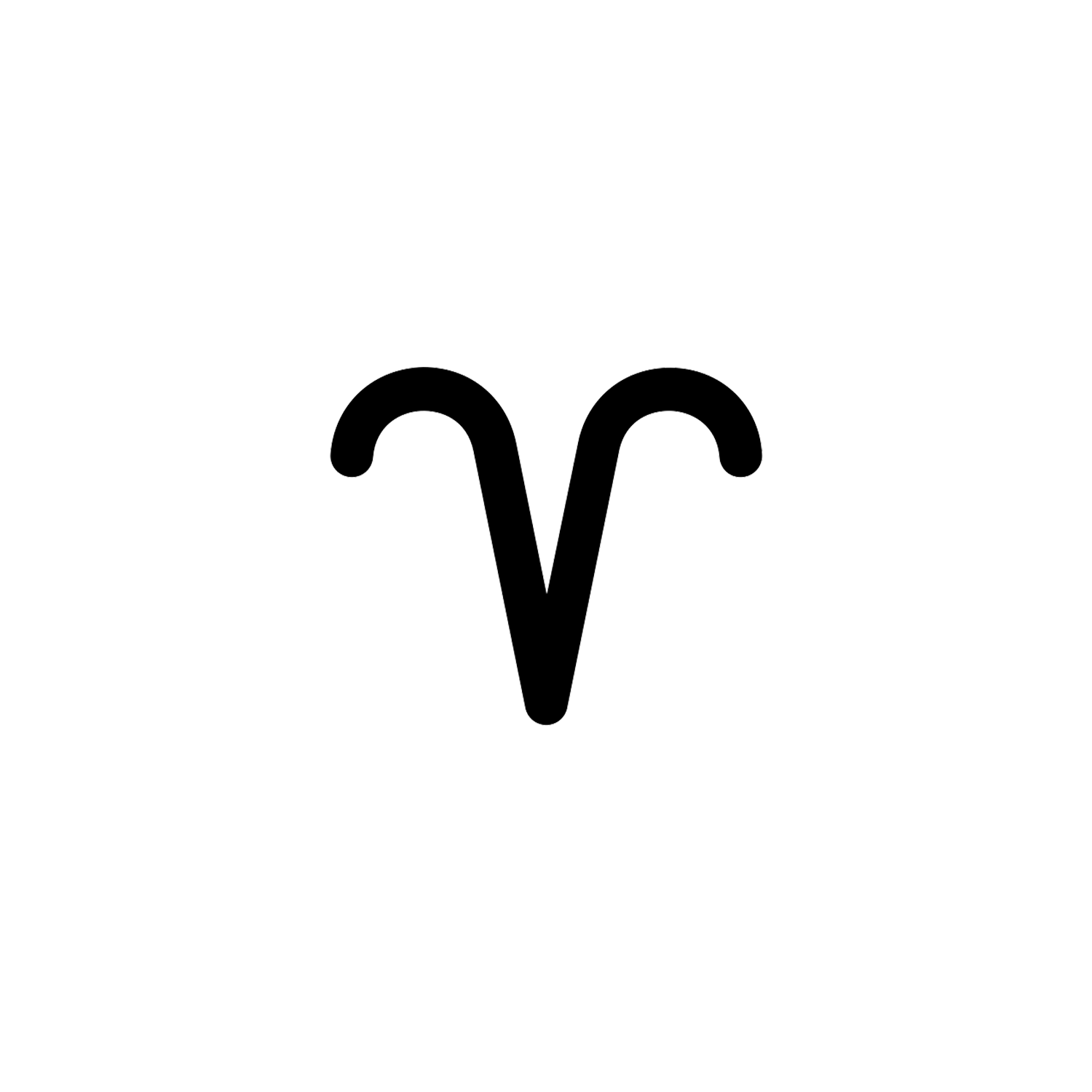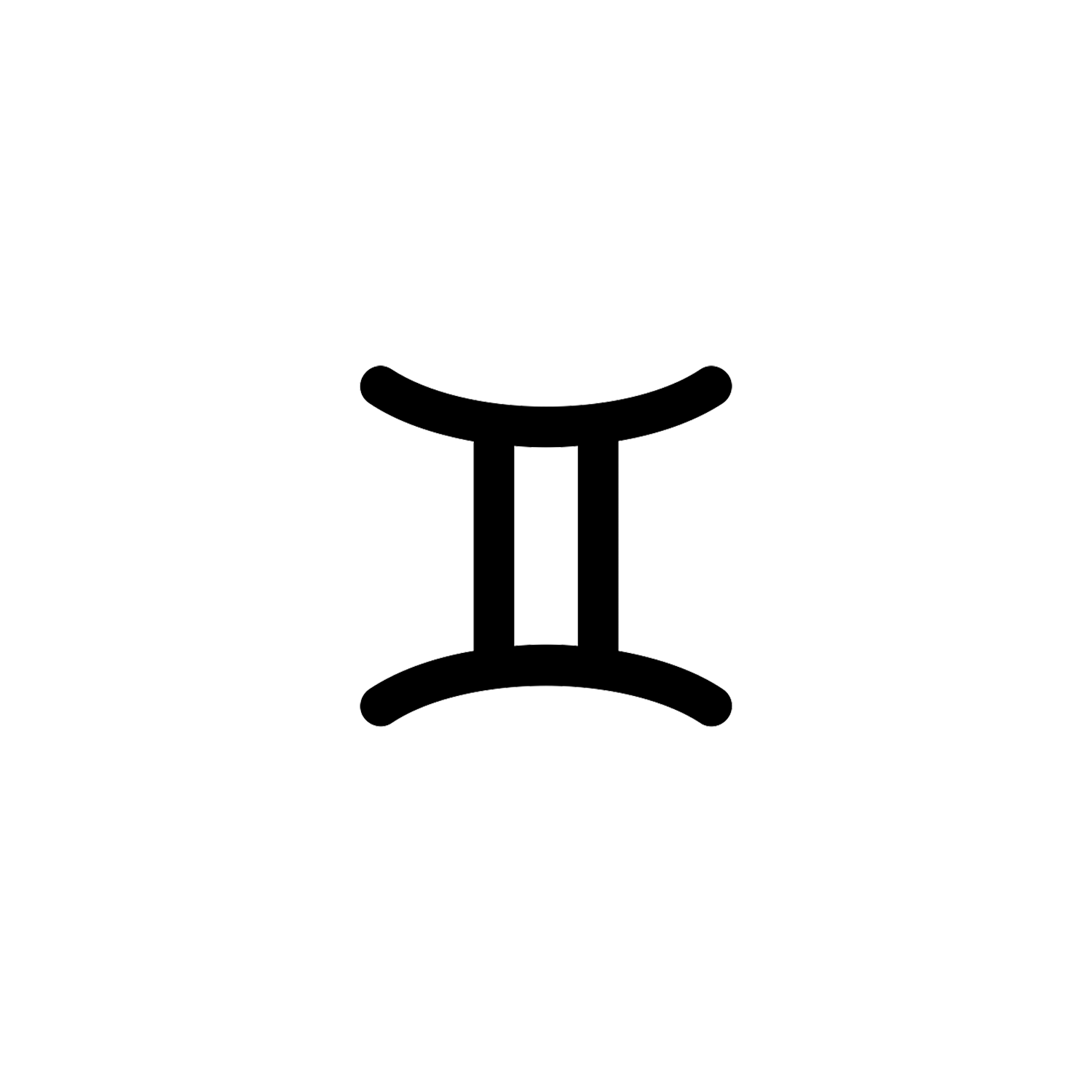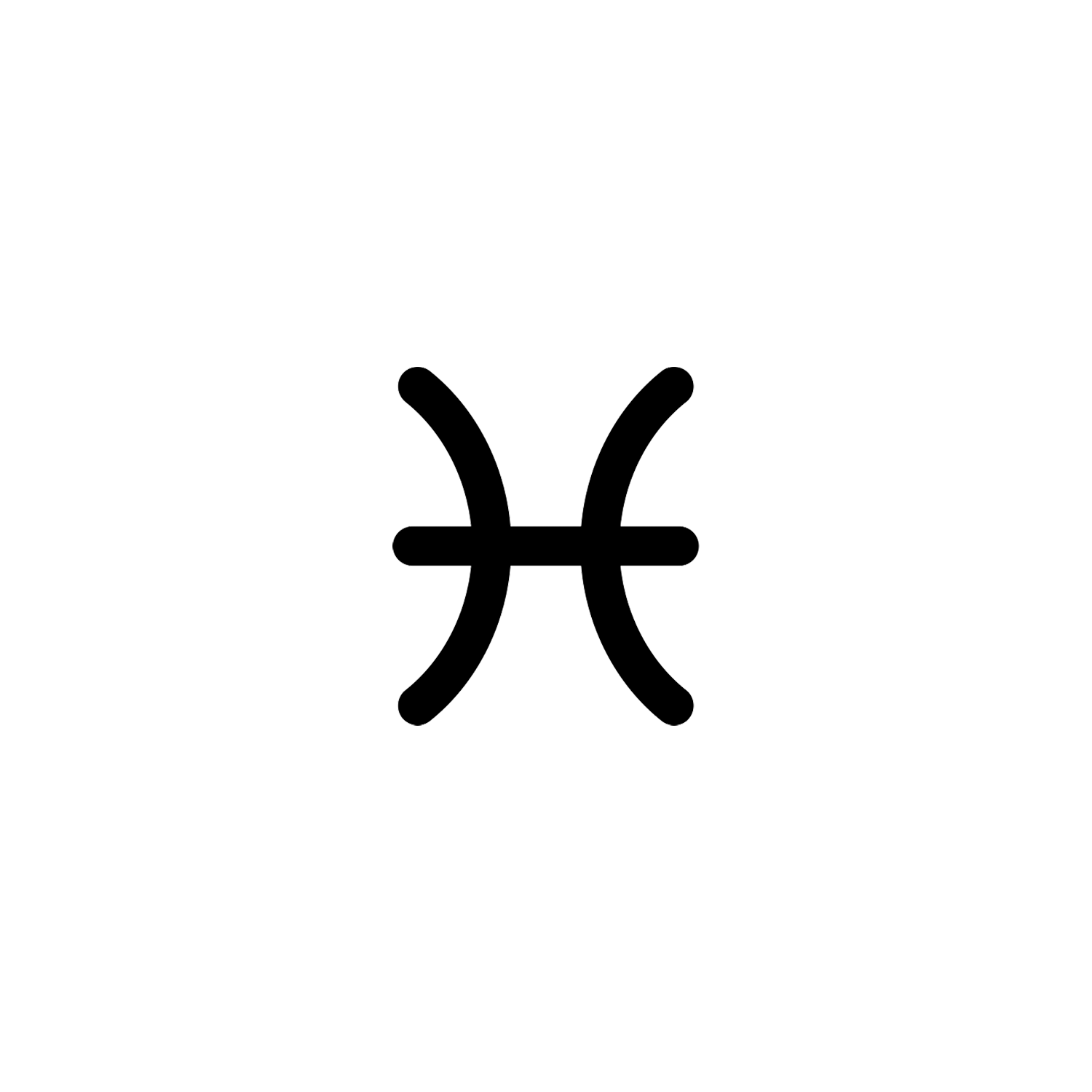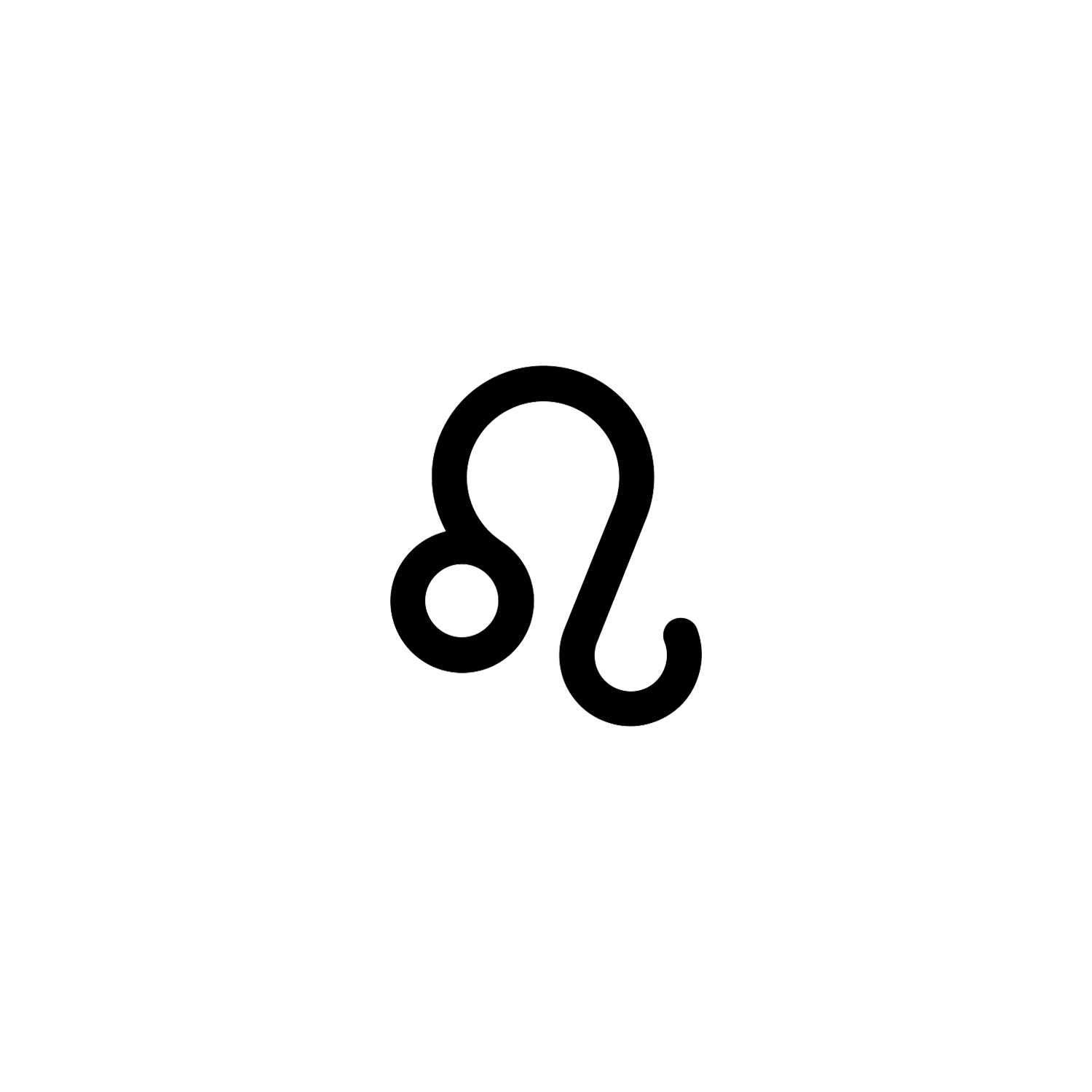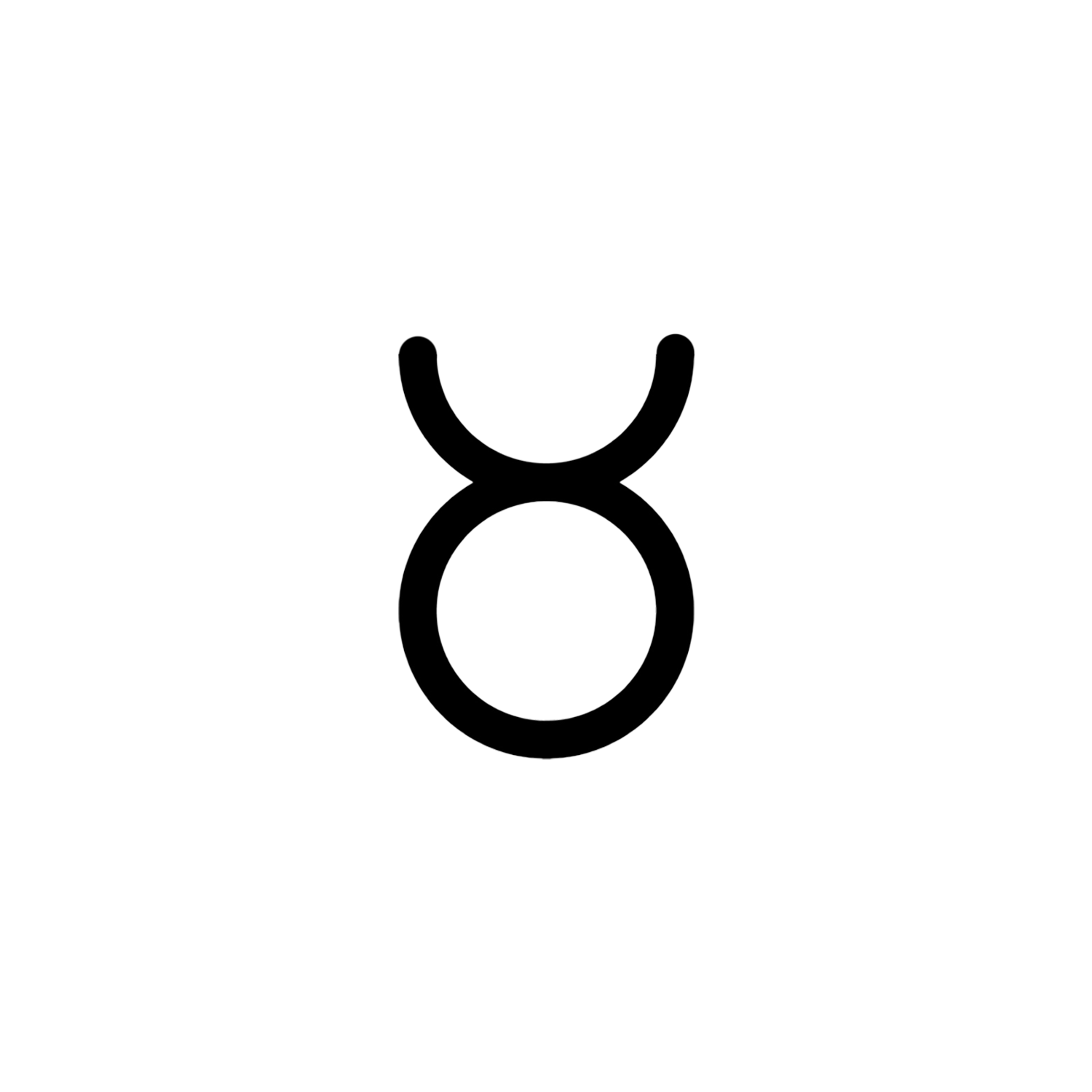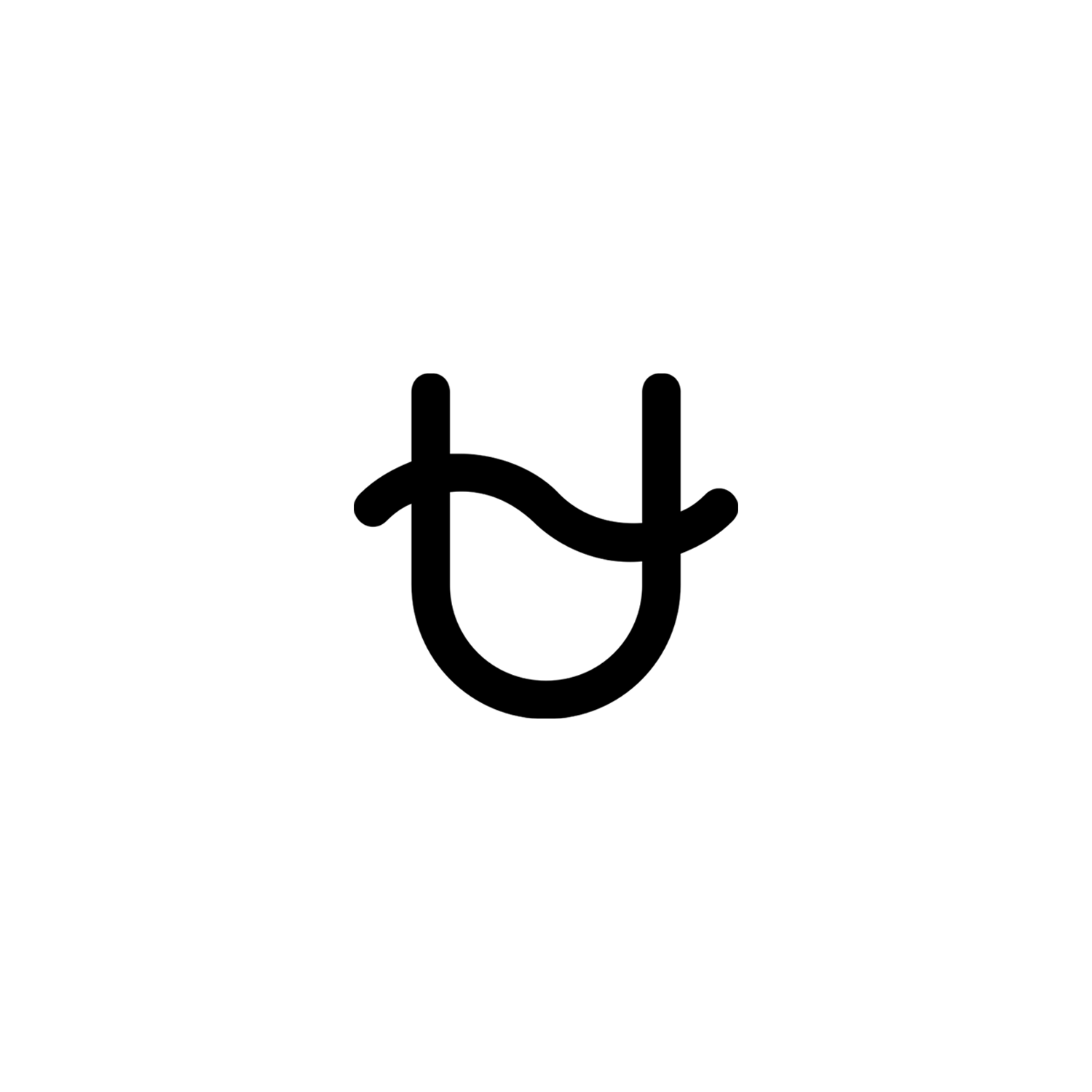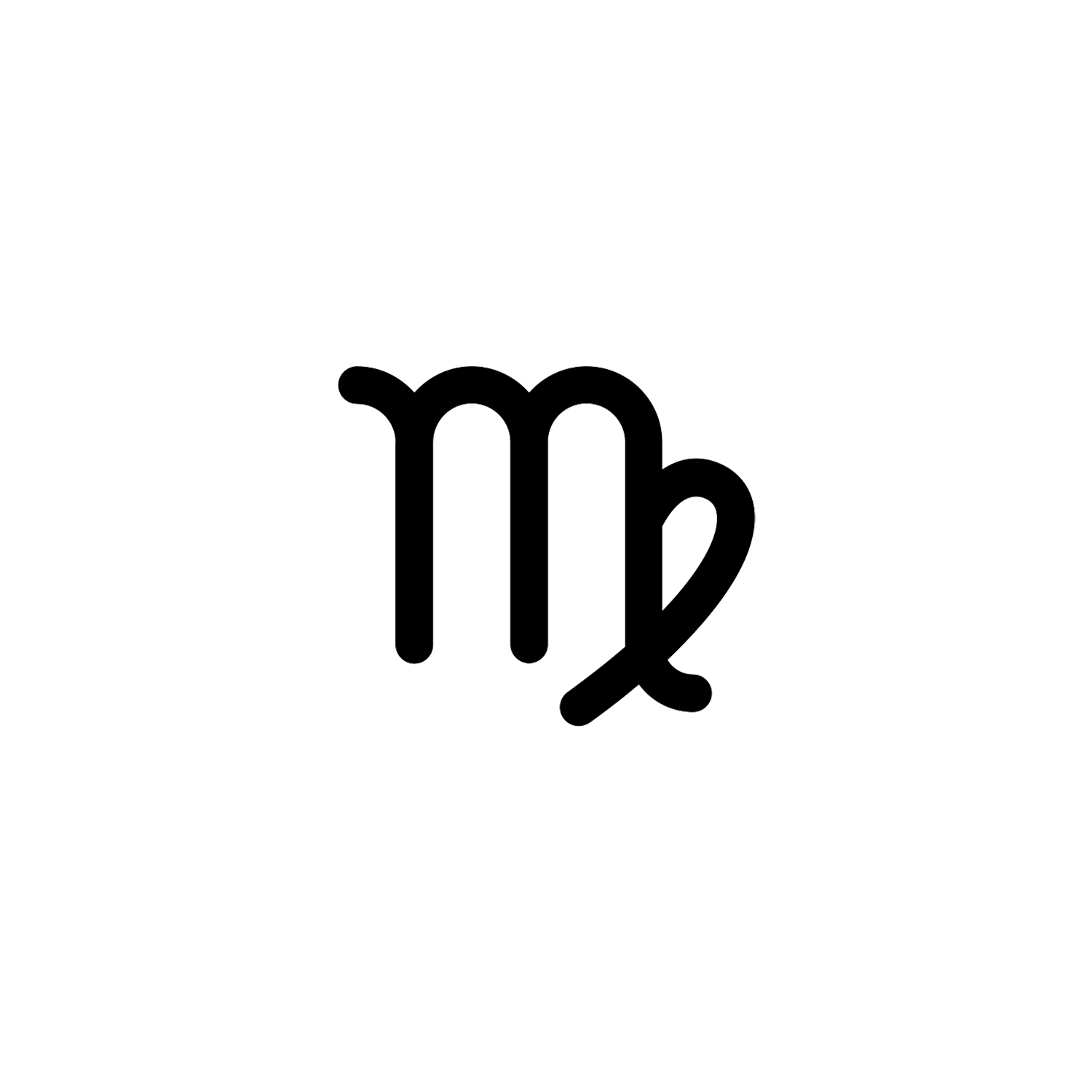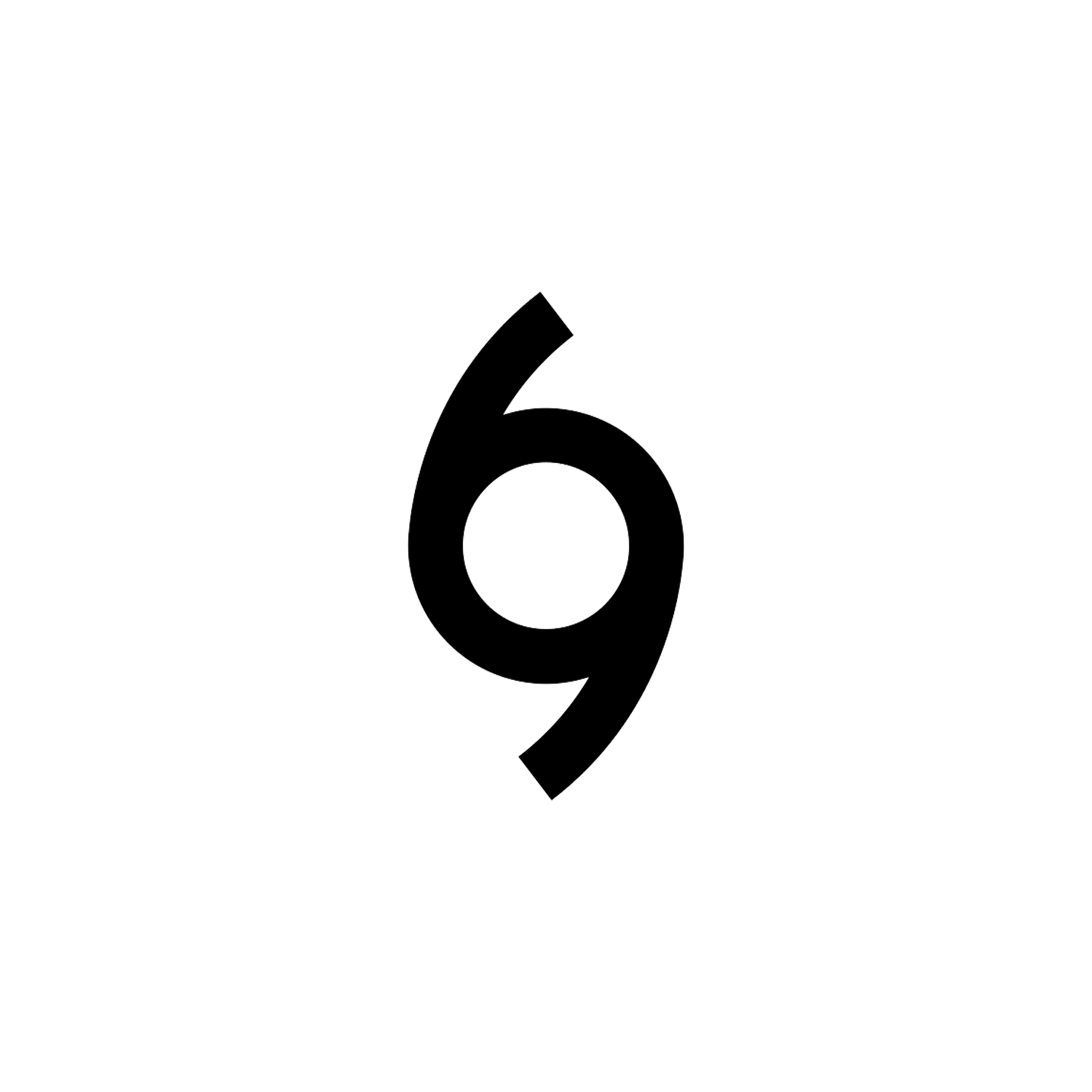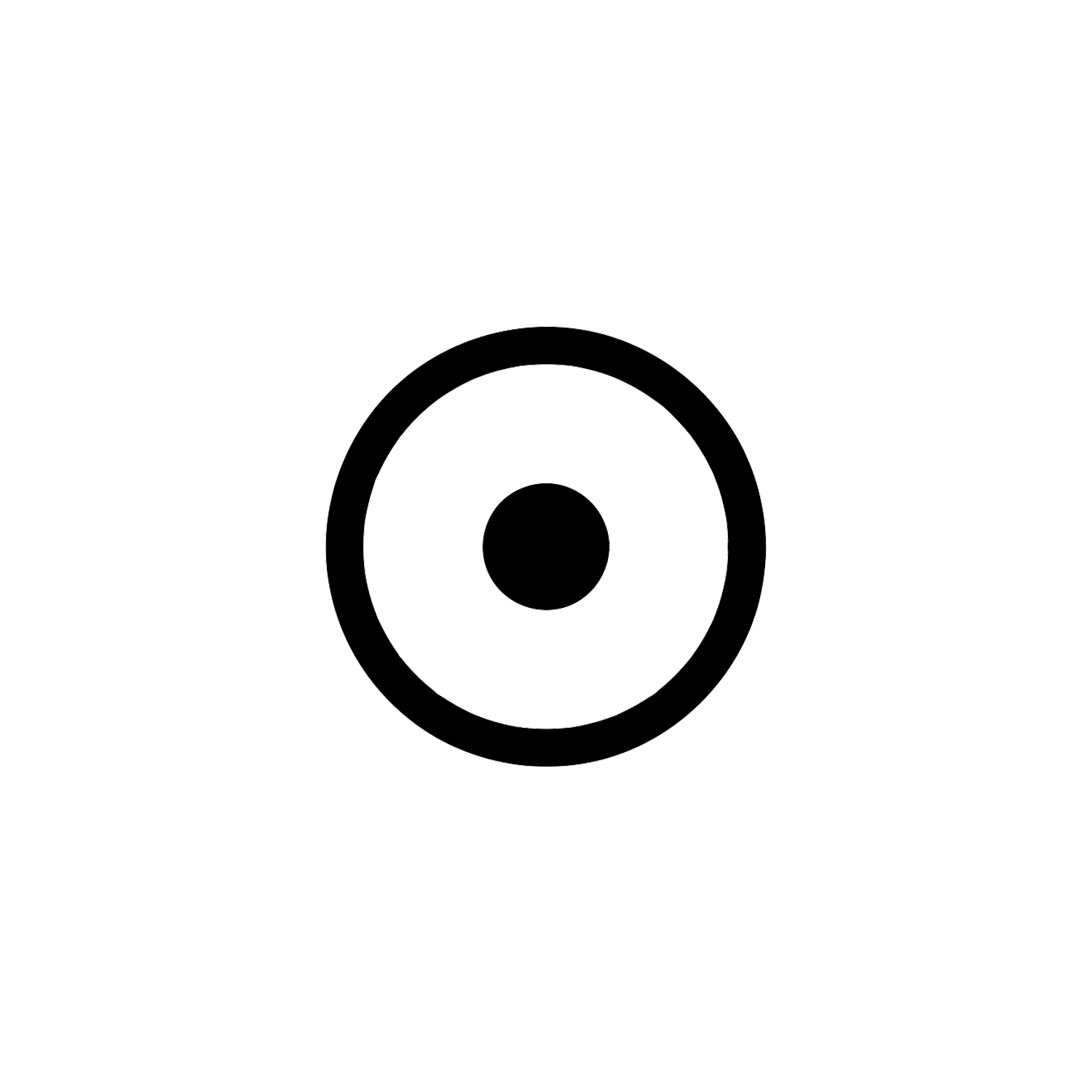Scorpio
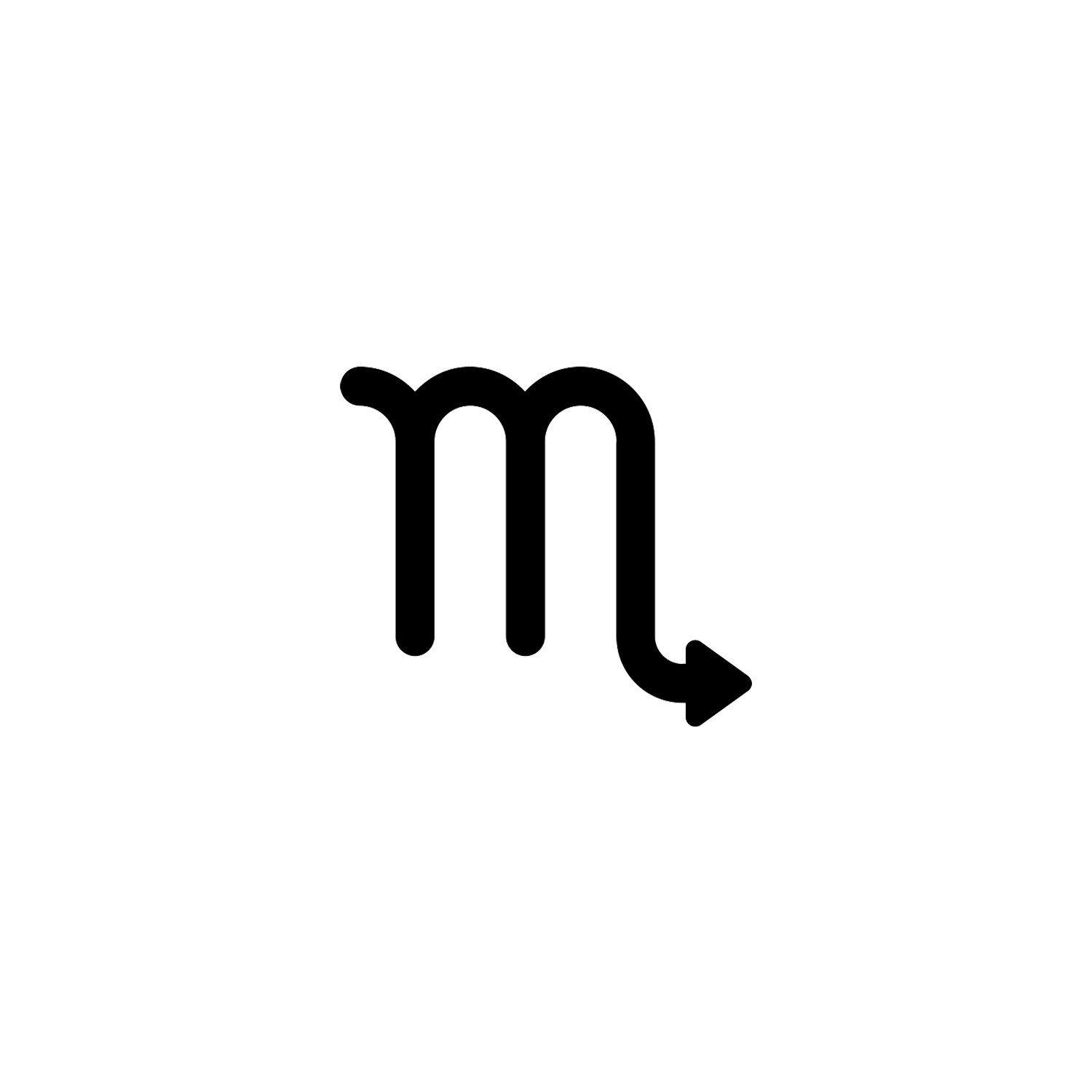

Scorpio
The eighth astrological sign in the zodiac.
Overview
Scorpio (Ancient Greek: Σκορπιός, romanized: Skorpiós, Latin for “scorpion”) is the eighth astrological sign in the zodiac, originating from the constellation of Scorpius. It spans 210–240° ecliptic longitude.
Under the tropical zodiac (most commonly used in Western astrology), the Sun transits this sign on average from October 23 to November 21.[1] Depending on which zodiac system one uses, someone born under the influence of Scorpio may be called a Scorpio or a Scorpionic.[1]

Scorpio is one of the water signs, the others being Cancer and Pisces.[2] It is a fixed, negative sign.[3] According to The Astrology Bible, Scorpio’s colors are deep red, maroon, black, and brown.[4]
According to Greek mythology, its representation as a scorpion is related to the Greek legend of Orion and how a scorpion stung him to death (said to be why Orion sets as Scorpius rises in the sky). Another Greek myth recounts how a scorpion caused the horses of the Sun to bolt when they were being driven by the inexperienced youth Phaethon.[5]
The Western astrological sign Scorpio differs from the astronomical constellation. Astronomically, the sun is in Scorpius for just six days, from November 23 to November 28. Much of the difference is due to the constellation Ophiuchus, which is used by few astrologers. Scorpius corresponds to the Hindu nakshatras Anuradha, Jyeshtha, and Mula.
Astrology
In Western astrology, the polarity divides the zodiac in half and refers to the alignment of a sign’s energy as either positive or negative, with various attributes associated to them as a result.[6]
Positive polarity signs, also called active, yang, expressive, or masculine signs, are the six odd-numbered signs of the zodiac: Aries, Gemini, Leo, Libra, Sagittarius, and Aquarius. Positive signs make up the fire and air triplicities.[7][8]
Negative polarity signs, also called passive, yin, receptive, or feminine signs,[9] are the six even-numbered signs of the zodiac: Taurus, Cancer, Virgo, Scorpio, Capricorn, and Pisces. Negative signs make up the earth and water triplicities.[10]

Astronomy
Scorpius is a zodiac constellation located in the Southern celestial hemisphere, where it sits near the center of the Milky Way, between Libra to the west and Sagittarius to the east. Scorpius is an ancient constellation that pre-dates the Greeks;[11] it is one of the 48 constellations identified by the Greek astronomer Ptolemy in the second century.

The Babylonians called this constellation MUL.GIR.TAB – the ‘Scorpion’; the signs can be literally read as ‘the (creature with) a burning sting’.[12]
In some old descriptions the constellation of Libra is treated as the Scorpion’s claws. Libra was known as the Claws of the Scorpion in Babylonian (zibānītu (compare Arabic zubānā)) and in Greek (χηλαι).[13]
In Greek mythology, several myths associated with Scorpius attribute it to Orion. According to one version, Orion boasted to the goddess Artemis and her mother, Leto, that he would kill every animal on Earth. Artemis and Leto sent a scorpion to kill Orion.[14] Their battle caught the attention of Zeus, who raised both combatants to the sky to serve as a reminder for mortals to curb their excessive pride.
In another version of the myth, Artemis’ twin brother, Apollo, was the one who sent the scorpion to kill Orion after the hunter earned the goddess’ favor by admitting she was better than him. After Zeus raised Orion and the scorpion to the sky, the former hunts every winter but flees every summer when the scorpion comes. In both versions, Artemis asked Zeus to raise Orion.
In The Greek Myths (1955), Robert Graves views Oenopion as his perennial Year-King, at the stage where the king pretends to die at the end of his term and appoints a substitute, in this case Orion, who actually dies in his place. His blindness is iconotropy from a picture of Odysseus blinding the Cyclops, mixed with a purely Hellenic solar legend: the Sun-hero is captured and blinded by his enemies at dusk, but escapes and regains his sight at dawn, when all beasts flee him.
Graves sees the rest of the myth as a syncretism of diverse stories. These include Gilgamesh and the Scorpion-Men, Set becoming a scorpion to kill Horus and the story of Aqhat and Yatpan from Ras Shamra, as well as a conjectural story of how the priestesses of Artemis Opis killed a visitor to their island of Ortygia. He compares Orion’s birth from the bull’s hide to a West African rainmaking charm and claims that the son of Poseidon should be a rainmaker.[15]
In a Greek myth without Orion, the celestial scorpion encountered Phaethon while he was driving his father Helios’ Sun Chariot.[16]
The Javanese people of Indonesia call this constellation Banyakangrem (“the brooded swan”)[17] or Kalapa Doyong (“leaning coconut tree”)[18] due to the shape similarity.
In Hawaii, Scorpius is known as the demigod Maui’s Fishhook [19] or Ka Makau Nui o Māui (meaning the Big Fishhook of Māui) and the name of the fishhook was Manaiakalani.[20]
Scorpius was divided into two asterisms which were used by Bugis sailors for navigation. The northern part of Scorpius (α, β, γ or σ Lib, δ, ε, ζ, μ, σ and τ Scorpii) was called bintoéng lambarué, meaning “skate stars”. The southern part of Scorpius (η, θ, ι, κ, λ and ν Scorpii) was called bintoéng balé mangngiwéng, meaning “shark stars”.[21]

Differences between Astrology and Astronomy
Astrological signs are now only used in astrology to tell fortunes and describe people’s characters. Zodiac constellations are the subject of astronomy. Previously, they marked the passage of time and the seasons for ancient people and helped create calendars. Even now, they are used for marine navigation and astronomical observations. For instance, they are especially useful for amateur astronomers as reference points to locate planets.
Astrology is a pseudoscience.[22] Scientific investigations of the theoretical[23] basis and experimental verification of claims[24] have shown it to have no scientific validity or explanatory power. More plausible explanations for the apparent correlation between personality traits and birth months exist, such as the influence of seasonal birth in humans.
The zodiac signs’ dates are now about a month ahead of when the Sun meets the corresponding constellations. These dates were established more than two thousand years ago, but today things changed. For example, Aries now meets the Sun around April 19 (the exact date depends on the year and your timezone) instead of the astrological date of March 21. So, most people who think of themselves as Aries were born when the Sun was in Pisces.
The reason for this time shift is the axial precession of the Earth. Our planet is like a spinning top: it’s flattened at the poles and bulges at the equator, pulled by the Moon and Sun. So, it wobbles as it spins, tracing a cone of 23.5° radius with its axis. The wobble is called the precession of the Earth’s axis, or the precession of the equinoxes. Each spin lasts one day, but each gyration around the cone takes 25,800 years. The movement slowly alters the view of the zodiac from the Earth, making the constellations appear to slide to the east about 1° per human lifetime.
Moreover, just as in ancient times, now the Sun passes through the 13th constellation Ophiuchus that we mentioned above. So, no zodiac constellation meets the Sun from around November 30 to December 17, but, in astrology, these days belong to the sign Sagittarius.
It’s the astronomical view of things. Astrologers defend themselves by saying that they use the tropical zodiac, which is fixed to seasons, not the position of constellations. So, it’s your choice to believe whether you are Aries or Pisces, Sagittarius or Ophiuchus.

There are twelve constellations that roughly correspond to the traditional zodiac signs and are recognized as members of the zodiac family: Aries, Taurus, Gemini, Cancer, Leo, Virgo, Libra, Scorpius, Sagittarius, Capricornus, Aquarius, Pisces.
They are called “zodiac” on behalf of tradition. Beyond that, there is no reason why they are grouped this way.
Astrologers say that during the dates of a zodiac sign, the Sun is “in” the corresponding constellation. Over a year, the Sun regularly visits 13 constellations in the sky: Capricornus, Aquarius, Pisces, Aries, Taurus, Gemini, Cancer, Leo, Virgo, Libra, Scorpius, Sagittarius, and Ophiuchus. The last one doesn’t have its traditional zodiac sign, but why? To find out, we would have to ask the Babylonians.
Babylonian astronomers designated the 12 zodiac signs in the 5th century B.C. They knew the 13th constellation Ophiuchus, but it didn’t fit into the ancient calendar of 12 lunar months. So, Babylonians omitted Ophiuchus for convenience. Modern Western zodiac astrology still follows the Babylonian tradition. Moreover, astronomy constellation maps don’t include Ophiuchus in the zodiac family either – it belongs to the Hercules one.
Altogether, the 13 constellations are called the constellations of the ecliptic. The ecliptic refers to the imaginary plane containing the Earth’s orbit around the Sun. We from the Earth observe it as the Sun’s path in the sky throughout the year. Over a year, the Sun appears to regularly pass in front of the ecliptic constellations one by one. The entry and exit dates almost perfectly repeat. For Ophiuchus, these dates are November 30 to December 17 (the beginning and the ending may vary by day, depending on the year and your timezone).
Therefore, if you are born at the beginning of December, don’t be surprised that the Sun is “in” Ophiuchus and not the constellation Sagittarius.

Conclusion
In astrology, Scorpius (or Scorpio) is the eighth sign of the zodiac, considered as governing the period from about October 24 to about November 21.
Its representation as a scorpion is related to the Greek legend of the scorpion that stung Orion to death (said to be why Orion sets as Scorpius rises in the sky). Another Greek myth relates that a scorpion caused the horses of the Sun to bolt when they were being driven for a day by the inexperienced youth Phaeton.
Its name comes from the Greek for “rival of Ares” (i.e., rival of the planet Mars) and was probably given because of the star’s red colour and brightness. The brightest X-ray source in the sky, Scorpius X-1, is found in this constellation.
[1] "Scorpio". dictionary.com. n.d. Retrieved October 14, 2022.
[2] Allen, Richard Hinckley (1899). Star-names and Their Meanings. p. 107. G.E. Stechert.
[3] Lewis, James R. (2003). The Astrology Book: The Encyclopedia of Heavenly Influences (2nd ed.). pp. 601–608. Detroit: Visible Ink Press. ISBN 1578591449.
[4] Hall, Judy (2005). The Astrology Bible: The Definitive Guide to the Zodiac. pp. 84–91. New York: Sterling. ISBN 1402727593.
[5] "Scorpius, constellation and astrological sign". Britannica.com. 2023.
[6] Hall, Judy (2005). The Astrology Bible: The Definitive Guide to the Zodiac. Sterling Publishing Company, Inc. p. 137. ISBN 978-1-4027-2759-7.
[7] Standen, Anthony (1975). "Is There An Astrological Effect On Personality". The Journal of Psychology. 89 (2): 259–260. doi:10.1080/00223980.1975.9915759. PMID 1151896. Archived from the original on July 25, 2020.
[8] van Rooij, Jan J. F. (1993). "Introversion-Extraversion: astrology versus psychology". Department of Psychology, University of Leiden, the Netherlands. 16 (6): 985–988. doi:10.1016/0191-8869(94)90243-7.
[9] Standen, Anthony (1975). "Is There An Astrological Effect On Personality". The Journal of Psychology. 89 (2): 259–260. doi:10.1080/00223980.1975.9915759. PMID 1151896. Archived from the original on July 25, 2020.
[10] van Rooij, Jan J. F. (1993). "Introversion-Extraversion: astrology versus psychology". Department of Psychology, University of Leiden, the Netherlands. 16 (6): 985–988. doi:10.1016/0191-8869(94)90243-7.
[11] Knight, J.D. "Constellation Scorpius - The Constellations on Sea and Sky". www.seasky.org.
[12] Woolfolk, Joanna (2011). Scorpio. Lanham: Taylor Trade Publishing. p. 81. ISBN 978-1589795600.
[13] Babylonian Star-lore by Gavin White, Solaria Pubs, 2008 page 175
[14] Scholia on Homer, Iliad 18.486 citing Pherecydes
[15] Graves, Greek Myths, §41, 1–5
[16] Scorpio - The Legend and Myth Archived 2008-07-20 at the Wayback Machine
[17] Daldjoeni, N (1984). "Pranatamangsa, the javanese agricultural calendar – Its bioclimatological and sociocultural function in developing rural life". The Environmentalist. 4: 15–18. doi:10.1007/BF01907286. S2CID 189914684.
[18] "Jejak Langkah Astronomi di Indonesia". 2 January 2011.
[19] "Hawaiian Astronomical Society, Constellations: Scorpius - The Scorpion who Killed Orion".
[20] "Hawaiian Astronomical Society, Constellations: Scorpius - The Scorpion who Killed Orion".
[21] "Hawaiian Star Lines and Names for Stars - Star Line 3. Manaiakalani".
[22] Sven Ove Hansson; Edward N. Zalta. "Science and Pseudo-Science". Stanford Encyclopedia of Philosophy. Retrieved 6 July 2012. There is widespread agreement for instance that creationism, astrology, homeopathy, Kirlian photography, dowsing, ufology, ancient astronaut theory, Holocaust denialism, Velikovskian catastrophism, and climate change denialism are pseudosciences.
[23] Vishveshwara (1989). S.K. Biswas; D.C.V. Mallik; C.V. Vishveshwara (eds.). Cosmic Perspectives: Essays Dedicated to the Memory of M.K.V. Bappu (1. publ. ed.). Cambridge, England: Cambridge University Press. ISBN 978-0-521-34354-1.
[24] Carlson, Shawn (1985). "A double-blind test of astrology" (PDF). Nature. 318 (6045): 419–425. Bibcode:1985Natur.318..419C. doi:10.1038/318419a0. S2CID 5135208. Archived (PDF) from the original on 2019-02-16.
Latest Symbols
Monthly Digest
A summary of symbols for the month in a quick read format straight to your inbox.


